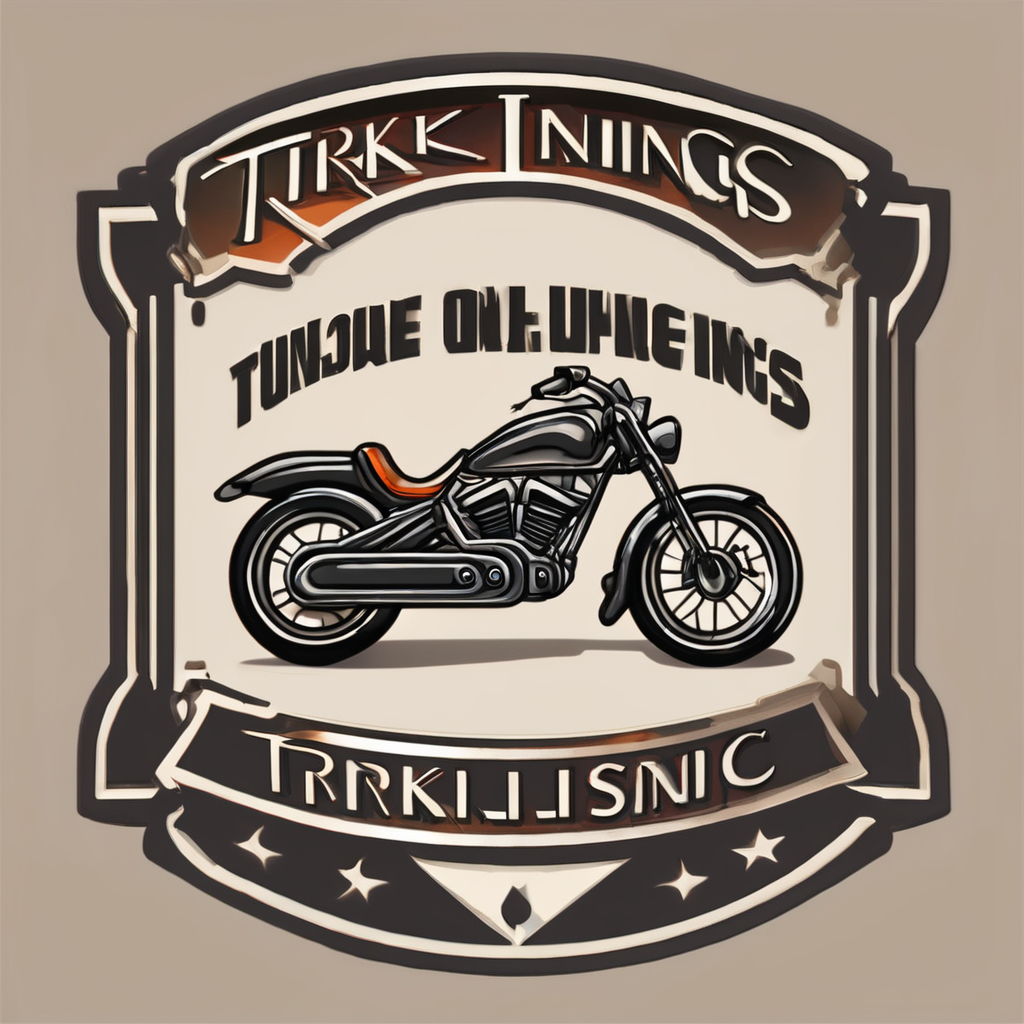Understanding Throttle Control
Throttle control is a vital aspect of motorcycle performance, acting as a connector between the rider’s intentions and the machine’s response. At the heart of this concept is throttle response, which determines how swiftly the engine reacts to the rider’s input. A well-calibrated throttle response contributes to a smooth and controlled ride.
The KTM 390 Duke, known for its impressive agility, features a sophisticated throttle system designed to enhance the riding experience. This system is crucial for harnessing the bike’s dynamic capabilities without sacrificing ride comfort. It ensures that power is delivered smoothly and predictably, supporting both casual riders and performance enthusiasts.
En parallèle : Ultimate Guide: A Detailed Step-by-Step Manual for Replacing the Fuel Filter in Your British Diesel Truck
However, riders often encounter challenges with throttle response. These can stem from overactive inputs leading to abrupt accelerations or a sluggish engine reaction due to poor maintenance. Each rider must understand their machine and refine their technique to overcome these hurdles, achieving a harmonious interaction with their motorcycle.
Focusing on motorcycle performance and acknowledging the significance of fine-tuned throttle control can help riders tackle these common obstacles, promoting both safety and enjoyment in riding.
A lire également : Essential tips to extend the longevity of your hybrid car battery in the uk
Techniques to Enhance Throttle Response
Understanding effective throttle techniques is essential for mastering riding dynamics and achieving smooth acceleration. Not only does this improve overall motorcycle control, but it also enhances the riding experience.
Body Positioning for Optimal Throttle Usage
A rider’s posture and body alignment are crucial for efficient throttle control. Correct body weight distribution can significantly influence throttle management. Keeping a balanced stance allows smooth power delivery, especially during acceleration, and helps maintain stability. Shift your weight slightly forward while accelerating to ensure maximum tyre contact with the ground, enhancing control.
Smooth Hand Movements
Developing techniques for gradual throttle engagement is vital. By avoiding abrupt throttle inputs, riders can prevent unwanted jerks and maintain a steady speed. Focus on gently rolling the throttle instead of snapping it open. Exercises like slow-speed maneuvers in an open space can improve hand dexterity and control.
Throttle Blipping Techniques
Throttle blipping is valuable for enhancing downshifting and cornering. It involves a quick twist of the throttle during gear changes, matching engine speed to wheel speed, leading to smoother transitions. To practice, consciously incorporate blipping into downshifts while gradually increasing speed. This technique not only refines gear shifts but also elevates cornering performance by keeping the bike balanced and responsive.
Motorcycle Maintenance for Performance Improvement
Maintaining your motorcycle is crucial for optimising throttle response and ensuring smooth rides. Regular motorcycle maintenance can prevent issues that affect throttle performance. Key areas include engine tuning, air filter cleaning, and checking the spark plugs. A tuned engine enhances throttle response by ensuring efficient fuel combustion. Meanwhile, a clean air filter allows for optimal airflow, directly impacting motorcycle performance.
For the KTM 390 Duke, service intervals play a vital role. Regular checks and timely replacements preserve the bike’s impressive throttle capabilities. It’s recommended to service the KTM 390 Duke every 7,500 to 10,000 miles, or as specified in the owner’s manual, to keep the engine running smoothly.
Additionally, chain lubrication and proper tension are critical. A well-lubricated chain diminishes power loss and provides a more responsive throttle. Ensuring the brake system is in top condition also supports quick and precise power delivery, contributing to a better riding experience.
Implementing these maintenance practices regularly will not only improve throttle response but also prolong the life of the bike, ensuring it remains reliable and efficient in its performance.
Aftermarket Modifications for Throttle Control
Enhancing throttle control through aftermarket parts is a popular strategy among motorcycle enthusiasts seeking increased performance. Upgrading the throttle bodies is one efficient method, maximizing airflow into the engine and boosting motorcycle performance. Riders often explore reputable brands like Yoshimura or Power Commander for the KTM 390 Duke. These upgrades require mechanical proficiency, as installation involves precise alignment and calibration to achieve optimal outcomes.
Fuel mapping adjustments are another impactful modification. Improved throttle response can be achieved by remapping the fuel injection system. This process involves using tools like Dynojet Power Vision to customize fuel delivery, ensuring the engine operates efficiently across all RPMs.
Incorporating advanced quickshifters and throttle assist technologies can also benefit performance-minded riders. Quickshifters enable faster gear changes without clutch use, offering a seamless riding experience. Brands like HealTech and HM Quickshifter are popular choices for the KTM 390 Duke, providing reliable performance. When selecting a throttle assist, consider features like compatibility and ease of use.
By investing in these aftermarket modifications, riders can substantially enhance throttle management, thus improving their overall riding dynamics and enjoyment.
Expert Recommendations and Insights
Focusing on throttle control, seasoned riders emphasize the importance of practice and patience. How can a rider improve their experience with the KTM 390 Duke? By experimenting with different throttle response settings and listening to feedback from other riders. Expert tips highlight the significance of adapting riding styles to terrain and weather conditions, ultimately boosting motorcycle performance.
When it comes to throttle accessories, many experts commend the enhanced response obtained through aftermarket modifications. They often suggest trying different performance modifications to see what best suits a rider’s preferences—such as adjusting throttle sensitivity to match the unique power delivery of the Duke.
Incorporating feedback from professional reviews often reveals small changes that make significant impacts. For instance, experienced riders endorse consistent use of gradual throttle techniques to refine control. A common recommendation involves observing how adjustments in throttle control elements like positioning and smooth input have transformed riding dynamics for better balance and power delivery.
To elevate the riding experience, expert endorsements underscore the strategic integration of advanced throttle accessories to foster a deeper connection with the KTM 390 Duke, enriching both pleasure and performance.
